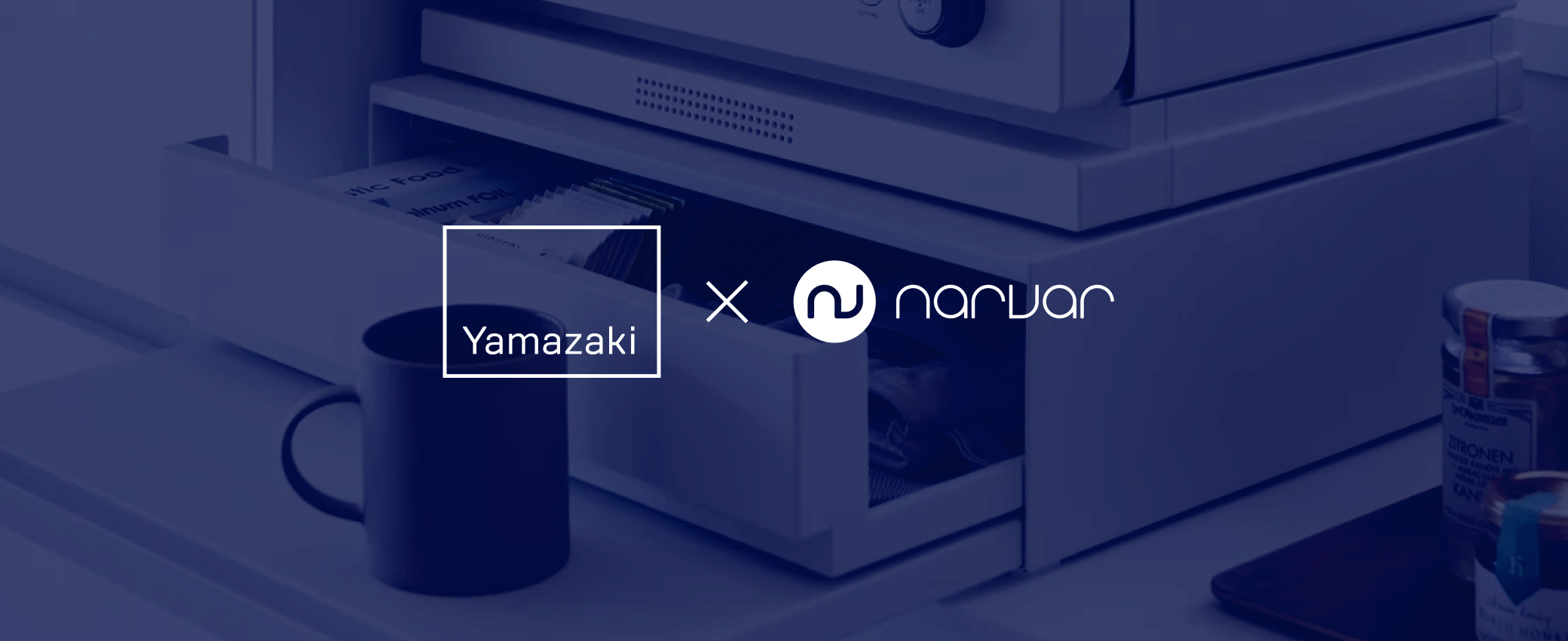

AI-powered delivery date estimates to boost conversion
Give shoppers peace of mind and protect and grow your bottom line
Personalized tracking experiences to build brand loyalty
Returns and exchanges management to mitigate fraud and reward best customers
Proactive communication to drive customer lifetime value
Delivery claim management to tackle fraud and build trust
How a Liberal Returns Policy Can Boost Loyalty and Sales

In the early days of ecommerce, liberal return policies were critical to persuading consumers to shop online. Even today, a risk-free return policy is often the right move for a new retailer trying to convince prospective customers to try the brand or product. But most retailers don’t have to pull out all the stops, all the time. It may be more beneficial to your bottom line to tighten up your return policy, or save the most generous perks for VIP customers and high value orders.
Return rates in 2022 were 14% higher than in 2019, and those costs add up quickly. Major retailers have begun pushing back by shifting some of those costs back on customers. According to a report in The Wall Street Journal, 66% of retailers in the US charge at least a nominal fee for returns—up from 60% in September 2022.
In this article, we’ll examine the impact of returns on retailers’ margins, and the most important elements to keep in a customer-friendly return policy.
Calculating the impact of returns
The value of returns is on the verge of exceeding $1 trillion per year, and the National Retail Federation reports that almost 11% of online returns are fraudulent.
Returns undercut profit with lost sales, customer support costs, return shipping, and processing costs that run 2-3x as high as outbound fulfillment costs.
Retailers are constantly deploying strategies to minimize bracketing and reduce returns, but they remain a necessity—even in the face of fraud. Over 60% of online shoppers decide which retailer they’re going to buy from by considering their policies.
Customers are 3X more likely to abandon a retailer after a bad return, but 96% will buy from retailers who offer “easy” or “very easy” return policies.
“Easy,” however, should not be conflated or confused with liberal. A liberal return policy might permit refunds on new or used merchandise within 100 days.
An easy return policy could offer the standard 30 days, along with a network of boxless, brick-and-mortar drop-off points.
The rise of digital returns
Today’s customers want to control when, where, and how they return items. For retailers, the key is to merge convenience with affordability, which means digitization.
Digital return methods—from printerless to boxless returns—are up over 30% in the last two years. They make the process easier for customers, cheaper for retailers, and faster for both.
For customers, the process is simplified because shoppers initiate returns through an online portal, and have the freedom to drop a return off at a designated location (e.g, Walgreens) or schedule a home pickup.
If the retailer offers boxless returns, the customer doesn’t even have to repack the item or print a label.
For retailers, the biggest savings come from cutting costs and emissions through returns consolidation, and getting returned merchandise back into stock so it can be sold at or close to full-price.
The most important elements to include in a digital return experience are:
- Plain language explanation of the policy
- 30-45 days return
- The branded return portal
- One-click online exchanges
- Boxless returns
- Proactive refund notifications
- Drop-off network locations
Rethinking free returns
Estimates suggest that the average cost of a return could total as much as 15-30% of the original purchase price.
Almost half of retailers offer free returns, but customers may be willing to share the cost—or foot the bill—if the return experience is seamless and convenient.
Free returns can also be dangled as an incentive to get your customers to engage in a particular way. Ways to “earn” free returns could include:
- Holding a credit card account with the retailer
- Signing up for the brand’s loyalty program or email list
- Achieving VIP status through a spending threshold
- Initiating a return within 10 days instead of 30
- Paying a membership fee for a bundle of perks and discounts.
Returns are costing retailers, so retailers must train customers to stop thinking of them as “free.”
Approximately one out of every four shoppers is happy to pay for some kind of return convenience, with the most-requested service being scheduled home pickup. While returns should always be easy, zero-cost returns can be reserved for loyal customers.
The convenience era
Convenience has displaced cost as the determining factor in what makes a great return.
Respondents in Narvar’s latest State of Returns survey are embracing time-saving, stress-busting returns programs:
- 37% said their most-recent returns were drop offs at a third-party location
- 50% of shoppers return in-store for convenience of location & hours
- 30% would pay for a scheduled pick-up
- 55% said no return-by-mail policy would deter them from making a purchase.
With streamlined, digital return processes, retailers can recapture about 60% of return revenue through seamless exchanges, and resell returns 30% faster. Is it time for your brand to step into the modern age of returns? Schedule a demo today to discover how digital returns can pay off.

























